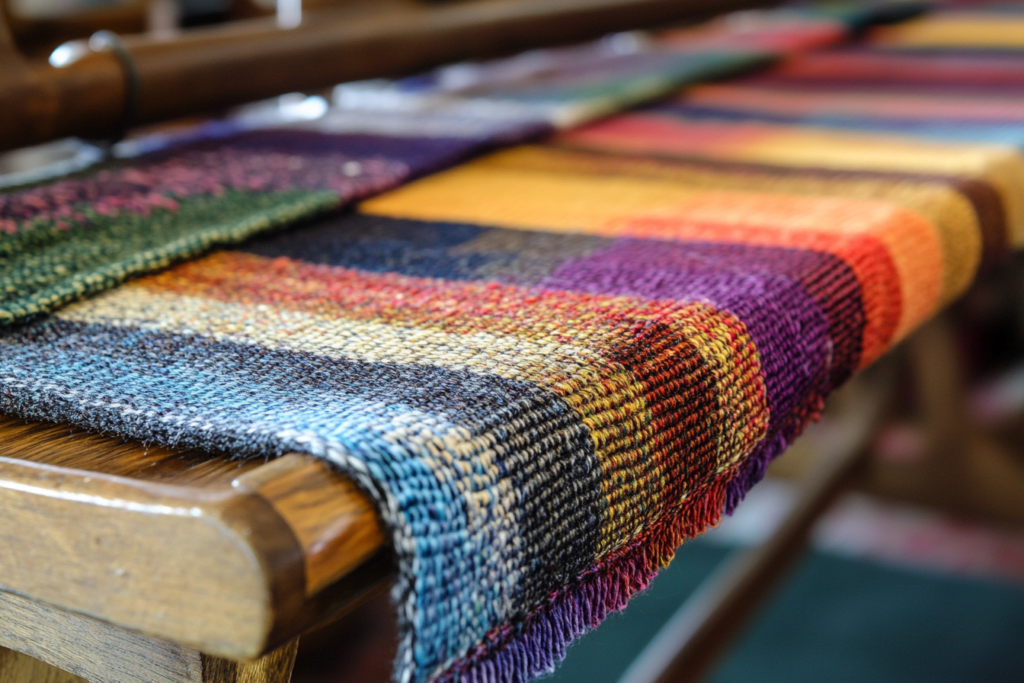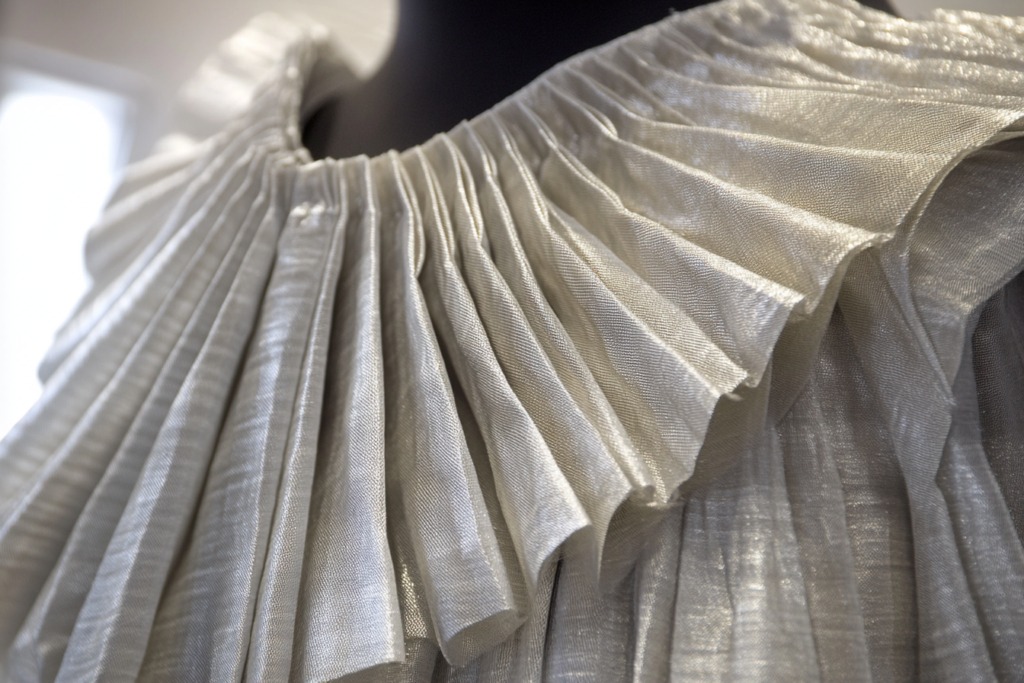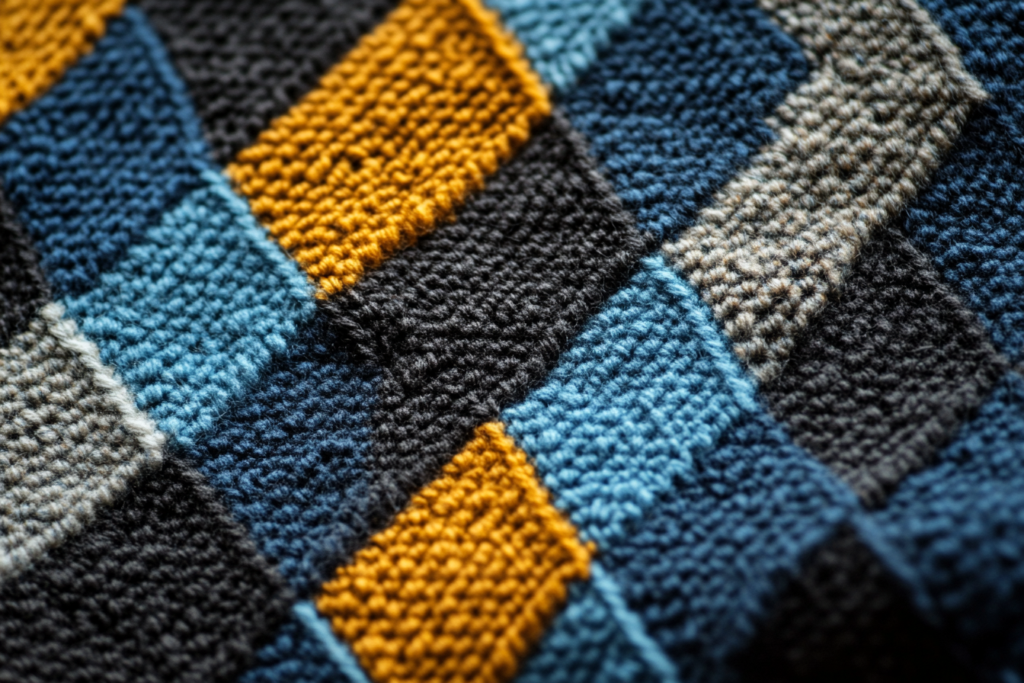Weft: The Horizontal Yarn in Woven Fabrics
Meta Description: The weft refers to the horizontal yarns in woven fabrics. Learn how the weft yarn interacts with warp yarns to create different fabric types and their applications.
What is Weft?
In the context of fabric production, weft refers to the horizontal yarns that are woven across the warp yarns in a fabric. The warp yarns are the vertical threads, while the weft yarns run perpendicular to them, crossing over and under the warp to form the basic fabric structure. The interaction between the warp and weft yarns creates the finished textile, and the characteristics of both yarns influence the fabric’s texture, strength, and flexibility.
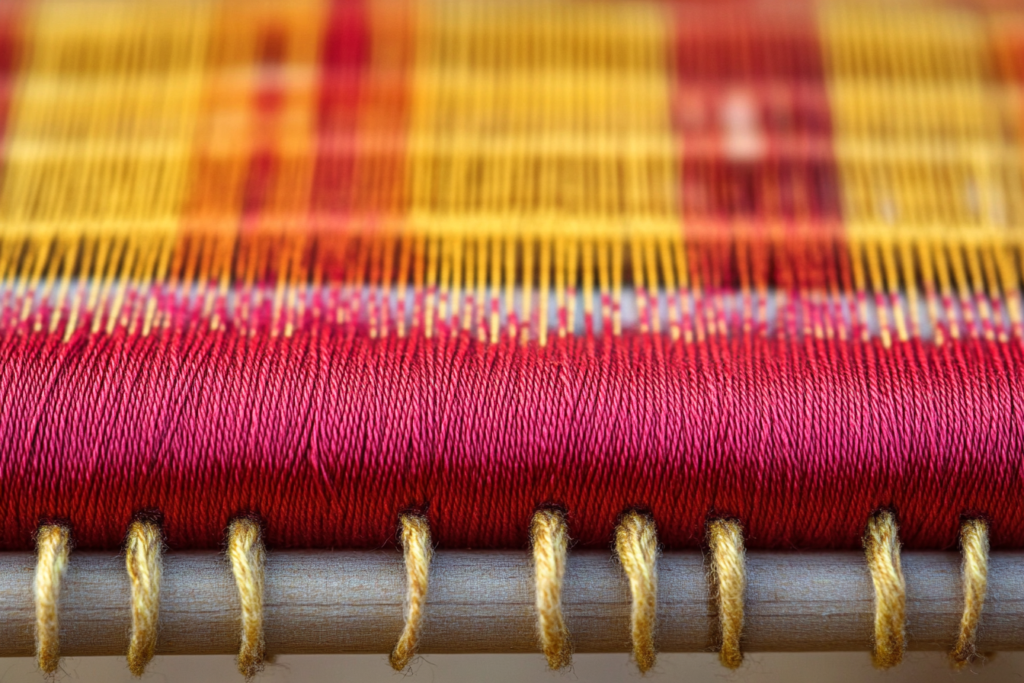
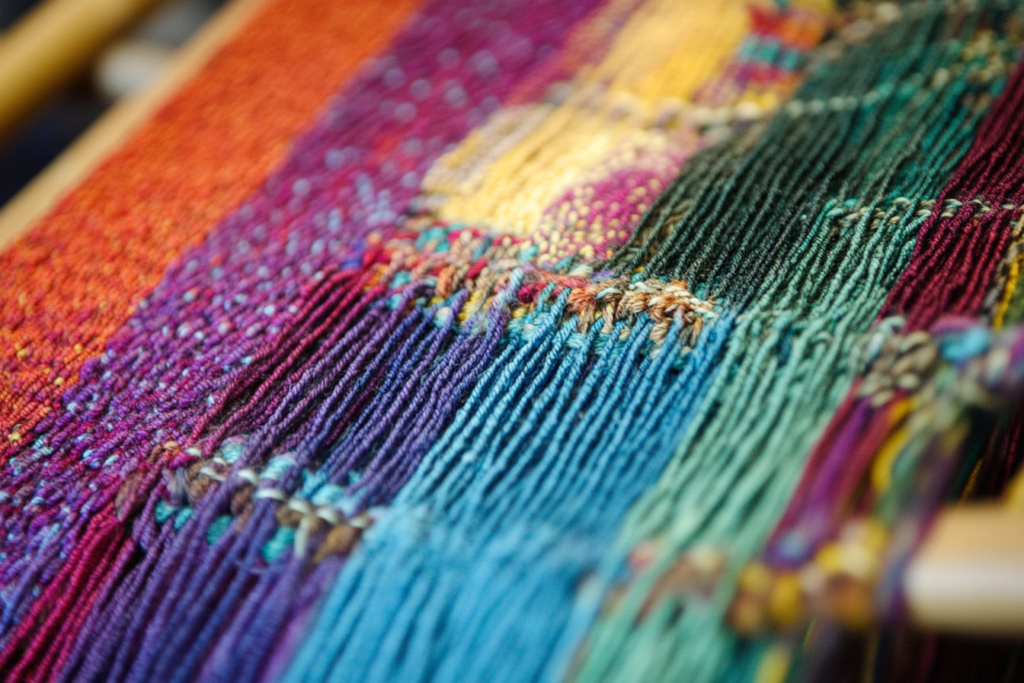
Weft in Woven Fabrics
📌 The Weaving Process
- Weft yarns are introduced into the weaving process by being passed through the warp yarns on a loom. The warp yarns are held taut, and the weft yarns are inserted through them, creating the interlacing structure that forms the fabric. The weft yarn is typically inserted across the fabric width, moving horizontally from one side to the other.
📌 Types of Weaving with Weft Yarn
- There are several types of weaving patterns that involve the weft yarns, including:
- Plain Weave: The most basic weave, where each weft yarn passes over one warp yarn and under the next, alternating across the fabric.
- Twill Weave: A pattern where the weft yarns are passed over two or more warp yarns, creating a diagonal pattern.
- Jacquard Weave: A complex pattern where each weft yarn is controlled individually to create intricate designs.
Importance of Weft Yarn
📌 Fabric Structure
- The weft yarns contribute to the overall structure and strength of the fabric. The way the weft interacts with the warp influences the weight, durability, and flexibility of the final fabric. Weft yarns also provide stretch in some woven fabrics, making them more comfortable to wear.
📌 Texture and Feel
- The texture and feel of a fabric can be influenced by the weft yarns. For example, a fabric woven with a thick weft yarn may feel more durable and rigid, while a fabric with a fine weft yarn might feel softer and lighter. The choice of fiber used for the weft also plays a significant role in determining the fabric’s final appearance and feel.
Applications of Weft Yarn
📌 Clothing and Apparel
- Weft yarns are used in the production of many different types of fabric, such as denim, twill, and canvas. These fabrics are commonly used for jeans, jackets, shirts, and skirts. The strength and flexibility provided by the weft yarns help make these garments comfortable and long-lasting.
📌 Home Textiles
- The weft yarn is also a crucial part of home textiles such as curtains, upholstery, and bed linens. In these applications, the weft yarn helps to create fabrics that are both decorative and functional, offering durability while contributing to the fabric’s visual appeal.
📌 Outdoor Gear and Sportswear
- Fabrics used for outdoor gear, such as tents, backpacks, and sportswear, often rely on weft yarns for strength and durability. The combination of warp and weft yarns ensures the fabric can withstand wear and environmental factors while maintaining comfort and flexibility.
Illustration of Weft in Fabric Construction
Here is an illustration showing the structure of fabric, highlighting the weft yarns running horizontally across the warp yarns. This diagram will help you visualize how the weft yarns interact with the warp to form different woven fabric patterns.
Conclusion: The Role of Weft Yarn in Fabric Creation
The weft is a crucial element in woven fabrics, running horizontally across the warp yarns to create the fabric’s structure. The interaction between the weft and warp yarns determines the final appearance, texture, and durability of the fabric. From casual wear to technical textiles, the weft yarn contributes significantly to the overall performance and aesthetic of the material.
